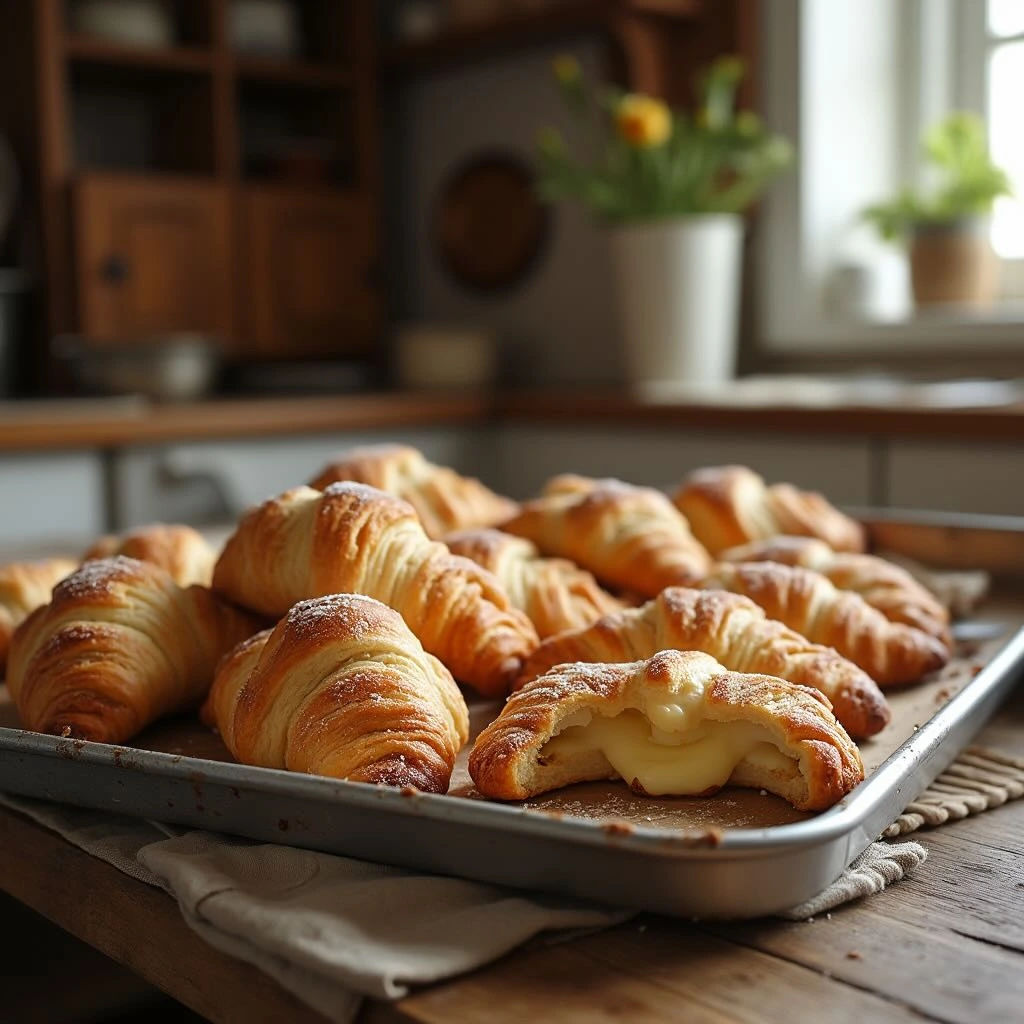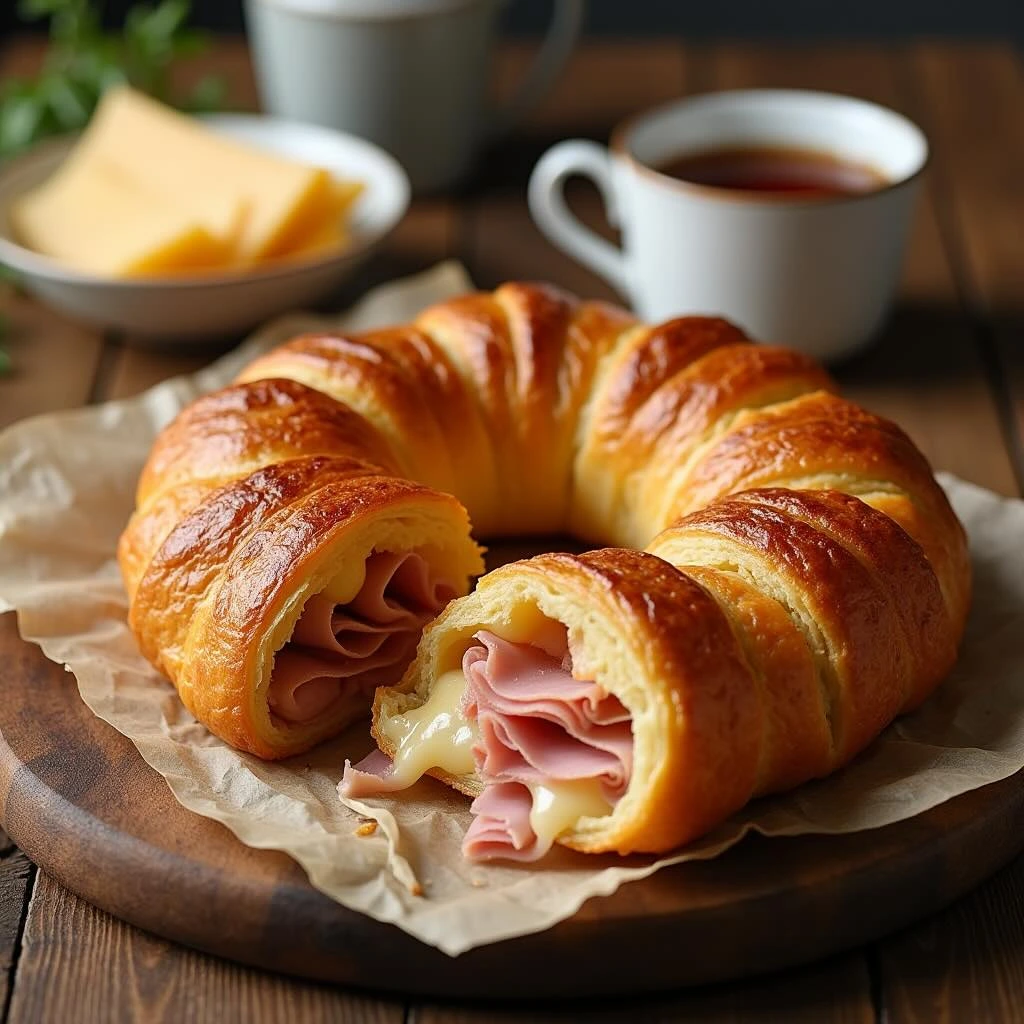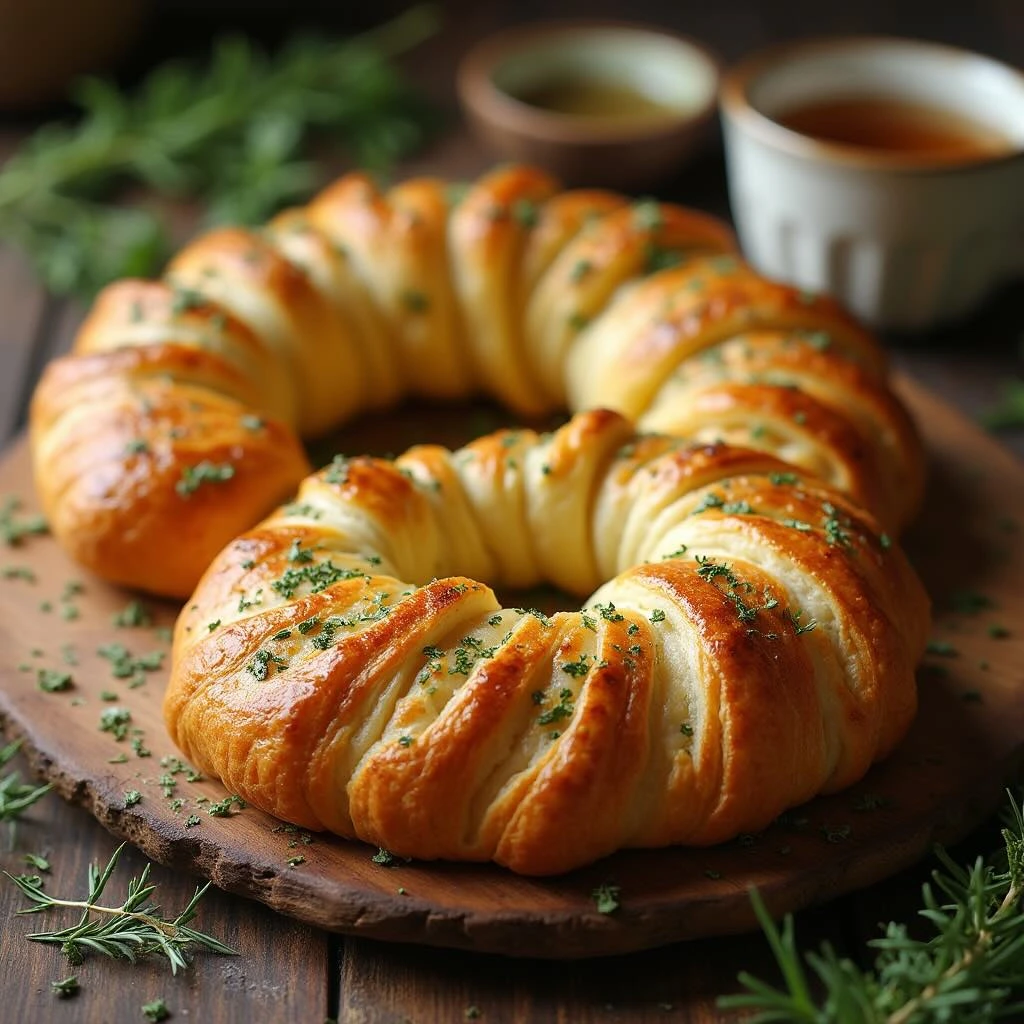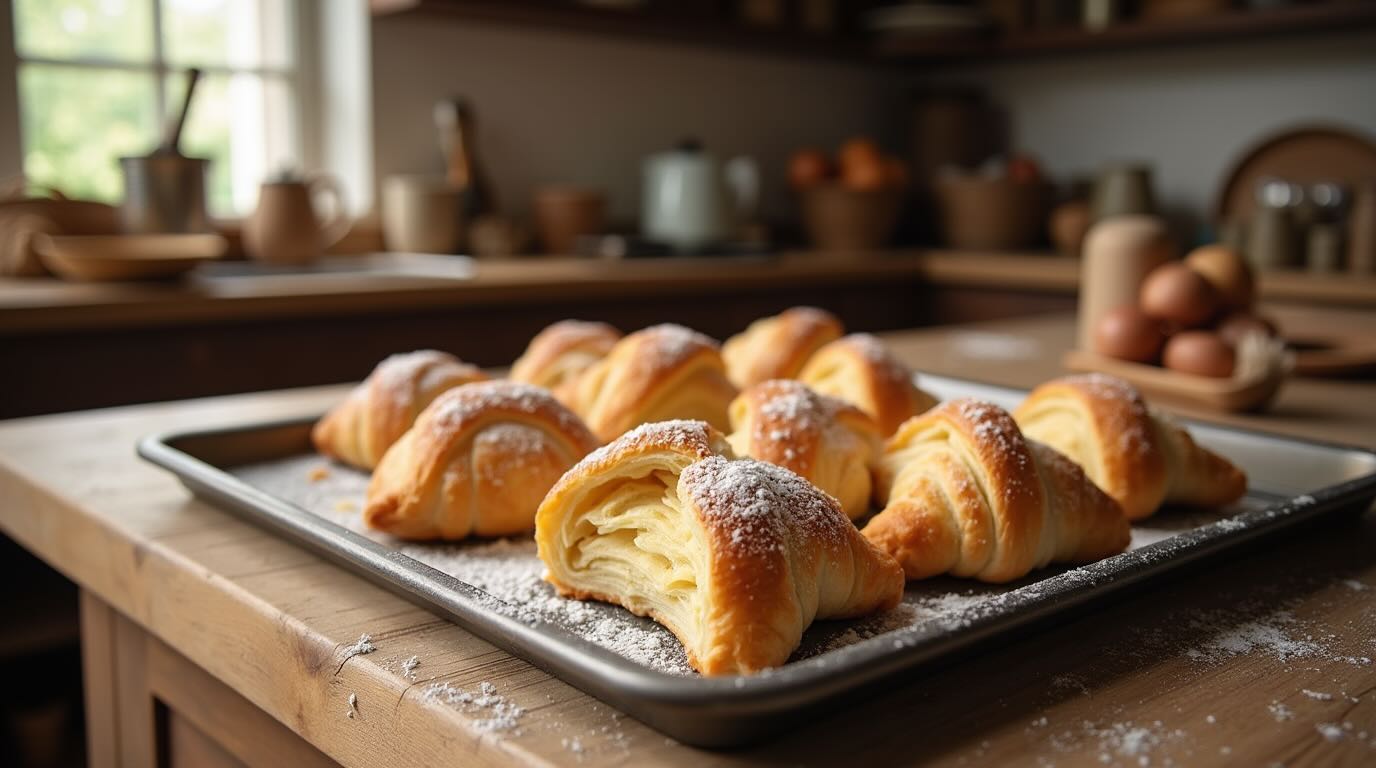Imagine this: a cozy morning in the heart of Switzerland, the sun rising over snow-capped mountains, and the irresistible aroma of freshly baked Gipfeli filling the air. If you’ve ever wondered what makes the gipfeli recipe (these crescent-shaped pastries) so beloved or how to make them yourself, you’re in the right place. Gipfeli isn’t just a breakfast item. it’s a symbol of Swiss culinary tradition, blending history, versatility, and a whole lot of heart.
In this guide, you’ll learn about the origins of Gipfeli, its flavorful variations, and how it’s woven into the fabric of Swiss culture. Plus, we’ll walk you through a simple gipfeli recipe so you can experience the magic of it in your own kitchen.
Table of Contents
The History of Gipfeli: A Taste of Tradition
Origins
The origin of Gipfeli recipe traces back to its predecessor, the Austrian Kipferl, which has a history dating to the 13th century. These early crescent-shaped pastries were made without yeast, a simpler version of what would later evolve into the buttery layers we know today. Over time, as baking techniques advanced, Switzerland adopted and adapted this pastry, giving it a distinct identity.
Unlike its French counterpart, the croissant, Gipfeli recipe is less flaky and a bit denser, making it an ideal companion for a cup of coffee or tea. Its crescent shape has remained a defining feature, symbolizing continuity and tradition across generations.
Gipfeli’s Role in Swiss Cuisine
In Switzerland, it is more than a pastry. it’s a morning ritual. Found in nearly every bakery, it’s a staple for breakfast or a quick snack on the go. Over the years, regional influences have added unique twists, from the ingredients used to the techniques employed.
Variations of Gipfeli: Exploring the Flavors
Sweet and Savory
One of the most charming qualities of it is its versatility. Whether you have a sweet tooth or prefer something savory, there’s a variation for you.
Sweet Options:


- Mandelgipfeli: Stuffed with almond paste, offering a rich and nutty flavor.
- Chocolate-filled Gipfeli: Perfect for a decadent treat.
- Vanilla Cream Gipfeli: Light and creamy, ideal for dessert lovers.
Savory Options:


- Ham and Cheese: A hearty option for breakfast or lunch.
- Spinach and Feta: A Mediterranean-inspired twist.
- Herb Butter Gipfeli: Infused with aromatic herbs for a flavorful bite.
Regional Gipfeli recipe Variations
Switzerland’s diverse regions bring their own flair to Gipfeli. For instance, in the Bernese Oberland, you might find versions made with local cheeses or honey. French-speaking regions may lean toward more buttery, croissant-like textures, while Italian-influenced areas experiment with fillings like prosciutto or pesto.
The Cultural Significance of Gipfeli in Switzerland
As a Morning Ritual
Swiss mornings are incomplete without this Crescent Shape pastry. Whether enjoyed at home or picked up from a neighborhood bakery, it’s a comfort food that sets the tone for the day. Traditionally paired with coffee or tea, it’s a moment of pause in a busy schedule, a reminder to savor life’s simple pleasures.
In Celebrations and Daily Life
Beyond breakfast, this Crescent Shape pastry plays a role in Swiss celebrations and gatherings. From holiday brunches to casual get-togethers, it’s a go-to choice for sharing. Its lasting popularity highlights its ability to evolve while preserving its timeless appeal.
How to Prepare the Perfect Gipfeli recipe at Home
Ingredients Table
| Ingredient | Quantity |
| All-purpose flour | 500g |
| Butter | 250g (cold, diced) |
| Milk | 250ml (lukewarm) |
| Yeast | 7g (1 packet) |
| Sugar | 50g |
| Salt | 1 tsp |
| Egg | 1 (beaten for glaze) |
Step-by-Step Instructions
- Prepare the Dough:
- Mix the yeast and sugar into lukewarm milk. Let it sit for 5 minutes until it turns frothy.
- Combine flour and salt in a bowl. Add the diced butter and mix until the texture resembles breadcrumbs.
- Gradually mix in the milk mixture, kneading until the dough is smooth and well combined. Cover the dough and let it rest for 1 hour to rise.
- Shape the Gipfeli:
- Flatten the dough into a large rectangle and slice it into triangular pieces.
- Roll each triangle from the wide end to the point, shaping it into a crescent.
- Bake to Perfection:
- Arrange the shaped Gipfeli on a baking tray lined with parchment paper. Glaze with the beaten egg to achieve a golden finish.
- Bake at 200°C (390°F) for 15–20 minutes, or until golden brown.
- Optional:
- Add fillings before rolling, such as almond paste or cheese, for extra flavor.
FAQ Section
What is the difference between Gipfeli and croissants?
Although both have a crescent shape, Gipfeli is denser and less flaky compared to the croissant. It is also less buttery, offering a lighter alternative.
Can this crescent shape pastry be made without yeast?
Yes, you can make a quicker version using baking powder instead of yeast. While the texture won’t be as airy, it’s still delicious.
What are some common fillings for this recipe?
Common fillings include almond paste, chocolate, jam, or savory choices like ham and cheese.
How can I store it?
Keep in an airtight container for up to 3 days. For extended storage, freeze the baked Gipfeli and reheat when ready to serve.
Conclusion
Gipfeli isn’t just a pastry. it’s a slice of Swiss culture, a testament to the country’s culinary heritage. Whether you’re savoring it plain, experimenting with flavors, or sharing it with loved ones, Gipfeli offers a little piece of Switzerland in every bite.
Now it’s your turn. Try the recipe, customize it with your favorite fillings, and experience the joy of baking Gipfeli at home. Don’t forget to share your creations and spread the love for this timeless treat!

